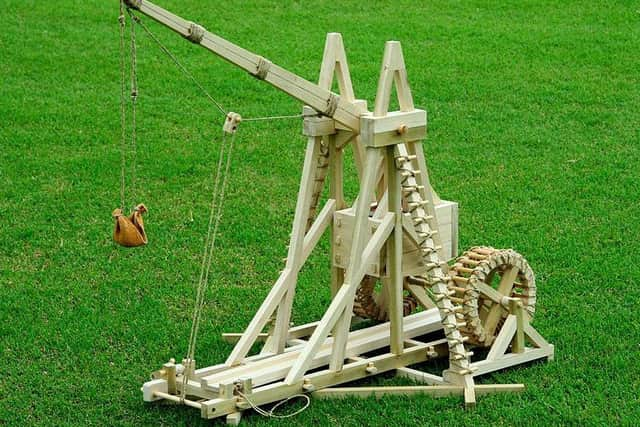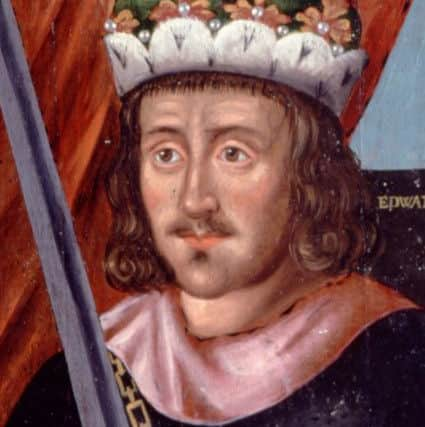War Wolf - the world's biggest catapult - built to take a Scottish castle
This article contains affiliate links. We may earn a small commission on items purchased through this article, but that does not affect our editorial judgement.


Such was his belief in this new artillery that he refused to accept a surrender from the Scottish garrison until the first ball had been fired - with a select crew of women invited to witness the inaugural shot from the trebuchet.
The catapult-style weapon, powered by a massive, falling counterweight, had been ordered by the English king desperate to take control of Scotland.
Advertisement
Hide AdAdvertisement
Hide AdIt had been six years since the defeat of William Wallace’s army at the Battle of Falkirk with Stirling Castle the last stronghold of resistance.


Despite four months of pelting the strategic site with ammunition - everything from lead roofing slates stripped from nearby churches to gunpowder mixture and Greek fire - the Scots garrison of 30 soldiers held out.
Troubled and increasingly frustrated, Edward I called upon chief engineer Master James of St George and his squad of carpenters to create a new piece of siege artillery - and War Wolf arrived.
According to artillery expert Jeff Kinnard, it took 49 workmen to “erect the monster affectionately christened War Wolf by its creators.”


Advertisement
Hide AdAdvertisement
Hide AdIn Artillery, an Illustrated Guide of its Impact, Kinnaird said: “Edward, who nearly lost his life twice during the siege - once when struck by a crossbow bolt and again when his horse was killed by a stone from a defending engine, actually delayed accepting the surrender of the castle until War Wolf’s completion.
“Finally, after three months of continuous construction and viewed by a number of ladies especially invited by the king, War Wolf hurled one stone against the battlements.”
The garrison, led by governor of Stirling Castle, William Oliphant, eventually surrendered on July 20.


The reason for surrender has been much disputed by historians. Some claim Edward succeeded in filling the moat with earth and stone with attack likely through scaling ladders and ropes. Edward may also have managed to breach a wall with a ram.
Advertisement
Hide AdAdvertisement
Hide AdOthers believe Oliphant and his men surrendered due to starvation.
Edward I, suffering from dysentry, died at Burgh on Sands, just south of the Scottish border, on 7 July, 1307, aged 68.
Stirling Castle has come under siege at least eight times in its history, the last in 1746 when it was attacked by Bonnie Prince Charlie’s Jacobite army.
DOWNLOAD THE SCOTSMAN APP ON ITUNES OR GOOGLE PLAY
